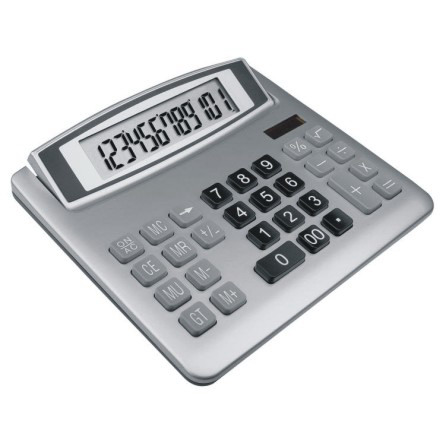Instruction
1
For payment for work in a particular month, you should separate tariff salary for the number of hours worked in a given month, you get hourly pay rates. For example, if the employee did not work a month, the actual number of hours worked multiplied by the rate of the current month.
2
For work at night from 22 to 6 must be paid at least 20% above the normal tariff rates. Regulations of the company may have different surcharge for night hours work, but at least 20% more on the basis of hourly wage rates.
3
For weekend work and public holidays shall be paid double the wage rate or given an extra day off.
4
Often accountants are counting the average tariff rate or an average quarterly.
5
To calculate the average hourly wage rate should the amount of the tariff salary multiplied by 12 and divided by the number of working hours in the calculation year.
6
If you want to calculate an average quarterly tariff rate, tariff salary should be multiplied by 3 and divided by the number of hours in the billing period.
7
When payment processing is taken into account aggregated working hours in the billing period. Processing is paid at double rate only in the case that hours of work the employee has exceeded the hours of total work time in a month. That is, the calculation required at the end of the billing period.
8
If an employee goes on sick leave or does not produce the appropriate number of summed time, payment should be made on the basis of the average hourly tariff rates, calculated over 12 months.





